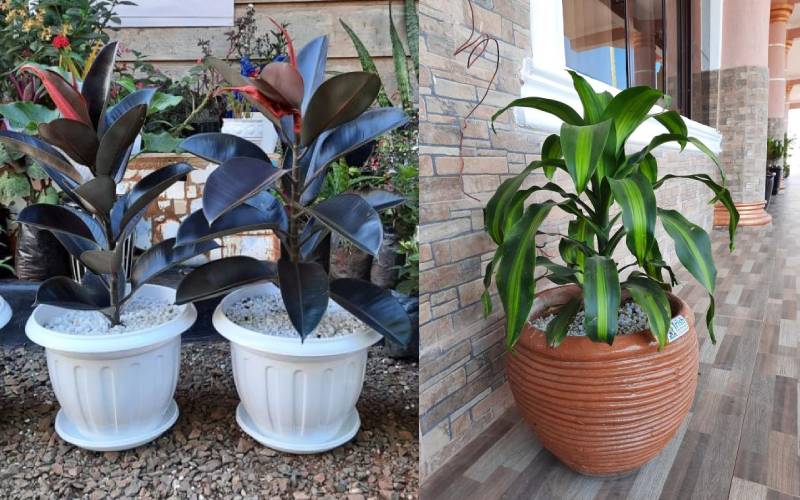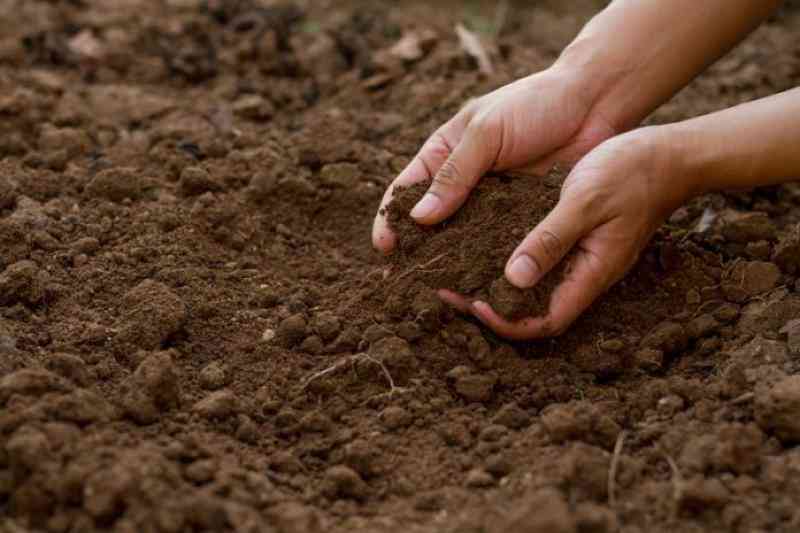
Most popular indoor plants in Kenya
In many homes nowadays when you visit, you will notice something- an indoor plant.
Interest in these plants grew exponentially during the covid pandemic as people started working from home in a bid to slow spread of the virus. According to Healthline.com indoor...
 The Standard Group Plc is a multi-media organization with investments in media platforms spanning newspaper print
operations, television, radio broadcasting, digital and online services. The Standard Group is recognized as a
leading multi-media house in Kenya with a key influence in matters of national and international interest.
The Standard Group Plc is a multi-media organization with investments in media platforms spanning newspaper print
operations, television, radio broadcasting, digital and online services. The Standard Group is recognized as a
leading multi-media house in Kenya with a key influence in matters of national and international interest.











